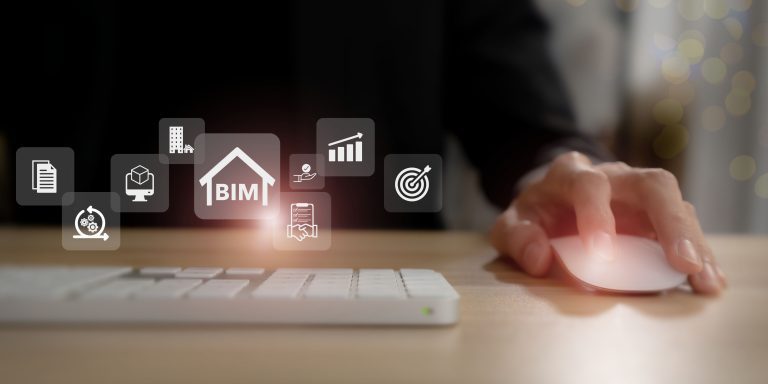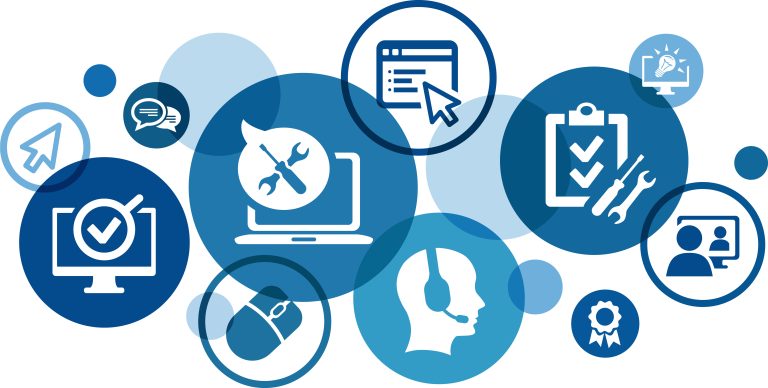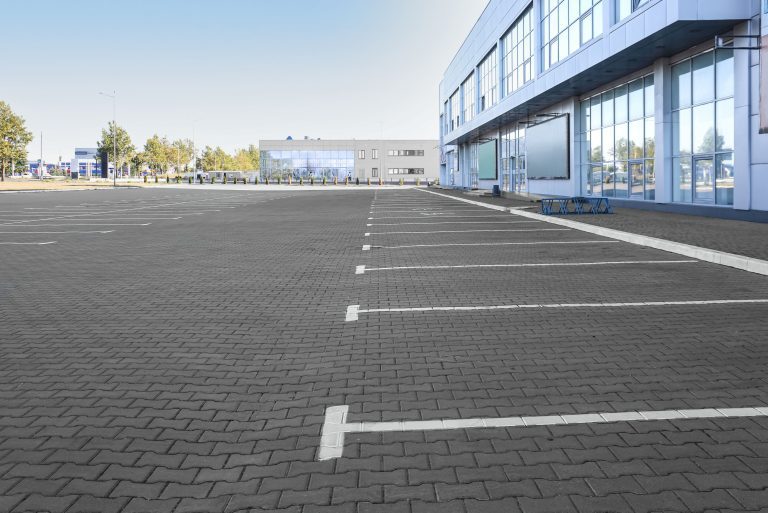Key Takeaways: Skyrocketing construction costs and tighter deadlines demand peak efficiency. But how do you achieve that when the industry itself is grappling with a digital shift? The answer lies in a strategic arsenal of IT services. These services are no longer just conveniences; they’re the cornerstones of success in today’s competitive landscape. That said, this guide cuts through the clutter, focusing on the essential IT services that empower modern construction firms. It will explore how service providers can streamline workflows, boost collaboration, and ultimately, build a foundation for project success. Project Management Software Imagine juggling blueprints, managing budgets, and coordinating subcontractors – all while ensuring every detail falls into place. That’s the daily reality for project managers in today’s construction industry. Thankfully, they’re no longer going it alone. Software like Procore and Buildertrend acts as a digital foreman, overseeing projects from start to finish. These platforms foster seamless collaboration, keeping everyone – from architects to electricians – in the loop with real-time updates. But the best tools need a skilled technician. Partnering with specialized IT support, such as Revotech’s Vancouver IT support team, is like having a dedicated IT guy on-site. They ensure your software runs smoothly, maximizing its potential and keeping your projects on track, on budget, and most importantly, stress-free. Building Information Modeling (BIM) BIM has revolutionized the way construction projects are planned and executed. Software like Autodesk Revit allows construction firms to create and manage digital representations of physical and functional characteristics of buildings. This enhanced visualization capability enables better coordination among architects, engineers, and construction teams, significantly reducing errors and rework. BIM also facilitates improved planning and decision-making by providing detailed insights into every aspect of the project. Cloud Computing The adoption of cloud computing has become indispensable for modern construction firms. Utilizing cloud platforms such as AWS, Google Cloud, or Microsoft Azure allows firms to store and process vast amounts of project data remotely. This capability ensures that all team members, regardless of their location, have access to the most up-to-date information. Cloud computing offers scalability, enabling firms to adjust their resources according to project needs. Additionally, it enhances data security by providing robust measures to protect sensitive information. For more insights and solutions on leveraging cloud computing, you can visit generationix.com or other service provider sites. Collaboration Tools In construction projects, effective communication and collaboration are the glue that holds everything together. Tools like Microsoft Teams, Slack, and Zoom play a starring role in this high-stakes performance, providing seamless communication channels for team members to stay in sync. These platforms enable instant messaging, file sharing, and virtual meetings that bring everyone together, no matter where they are. This reduces the risk of miscommunications and errors, leading to a more efficient and harmonious project execution. Enterprise Resource Planning (ERP) ERP systems, such as SAP, Oracle, and Microsoft Dynamics, integrate various business processes within construction firms. These comprehensive systems streamline operations by managing everything from procurement and inventory to finance and human resources. By centralizing these functions, ERP systems provide a holistic view of the organization’s operations, enabling better decision-making and resource management. Customer Relationship Management (CRM) Keeping track of clients can be a juggling act for construction firms. That’s where CRM tools like Salesforce and HubSpot come in, these platforms help remember every detail about your clients, from initial contact to project completion. Think of it as a central hub where all your client communications live – emails, phone calls, even those handwritten notes. In addition, these tools also help manage potential clients, or ‘leads,’ nurturing those relationships and turning them into happy customers. Mobile Applications Mobile applications designed specifically for construction management have transformed how field operations are conducted. Gone are the days of paper trails and frantic phone calls. Today’s construction teams are armed with smartphones and tablets, acting as mini-command centers in their pockets. This allows them to capture data – send photos of completed tasks or instant updates on material deliveries – and share it with project managers on the fly. This real-time flow of information cuts down on miscommunication and delays. Cybersecurity Solutions In today’s digital age, construction firms are no strangers to stockpiles of sensitive data – blueprints, budgets, client contracts – it’s all there. But just like a fortress needs a strong guard, this information needs robust cybersecurity solutions to keep it safe. Think of firewalls as digital gatekeepers, controlling who enters the system. Engaging penetration testing services helps expose potential weak spots before real threats exploit them, ensuring that every layer of your defense works as intended. Encryption scrambles information, making it gibberish to anyone who shouldn’t see it. And wireless intrusion detection system are like guard dogs, constantly on the lookout for suspicious activity. These security measures are vital not just for protecting your company’s sensitive info, but also for maintaining client trust and keeping up with regulations. Data Analytics and Reporting Data analytics and reporting tools are indispensable for modern construction firms aiming to make data-driven decisions. These tools analyze vast amounts of project data to generate insightful reports that help in performance tracking and trend identification. By leveraging data analytics, firms can optimize their processes, identify potential issues early, and make informed decisions that enhance project outcomes. Virtual Reality (VR) and Augmented Reality (AR) VR and AR are ushering in a new era of innovation, offering construction firms mind-bending ways to visualize and simulate projects. These cutting-edge tools conjure up immersive experiences for design reviews, client presentations, and training sessions that’ll make your head spin. By harnessing the power of VR and AR, construction teams can peer into the intricate depths of complex designs and make necessary tweaks before breaking ground, reducing the risk of costly curveballs down the line. Conclusion In a world where deadlines are razor-thin and budgets are constantly scrutinized, the future of construction hinges on efficiency. By strategically adopting essential IT services, construction firms can transform from brick-and-mortar builders to data-driven powerhouses. Don’t get














